Why Kazakhstan's main concert hall called 'desert flower'

Manfredi Nicoletti was born in Rieti, the heart of Italy. He was one of the world's most sought-after architects. He made about 25 landmark projects in several countries. The unique building was one of the last works of the architect.
"The huge spaces occupied by the architectural creation and the deserted landscape create a feeling of the immensity of the territory. Flying over the drought-ridden steppes of Kazakhstan, we decided that the area lacks flowers, so our creation is a desert flower," the architect's spokesman said in 2009.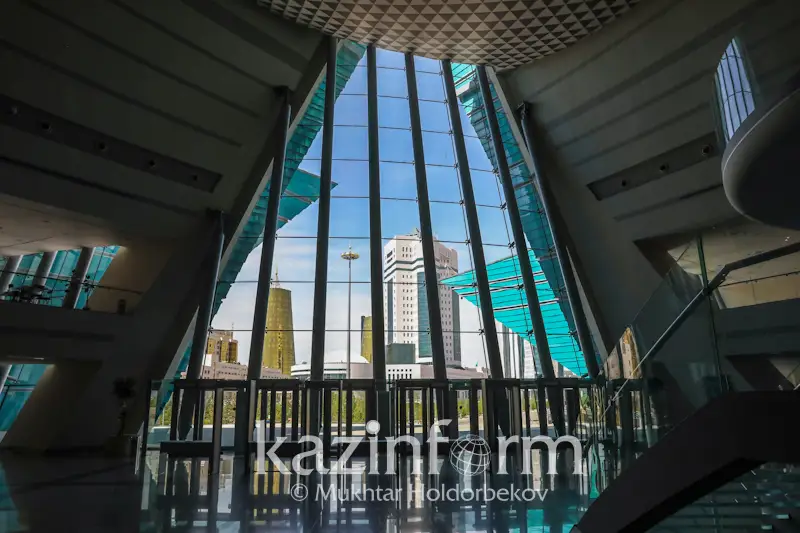
In a conversation with Kazinform correspondent, Head of the Spectator Services Department Bibigul Turgumbayeva said that apart from the Akorda Presidential Palace and the House of Ministries, there were no other buildings in the area and nearby. It was empty. And to beautify the area, the maestro decided to "plant" the flower.
Kazakhstan Central Concert Hall is the country's largest concert hall, which hosts concerts of the world and national stars, celebrations and official meetings, exhibitions, conferences, and presentations. The idea to construct it belongs to Head of State Nursultan Nazarbayev. On 16th December 2009, the President unveiled it with all the honors and celebrations. In 2016, "QazaqConcert", which is the largest concert organization of the country, was launched on premises of the concert hall.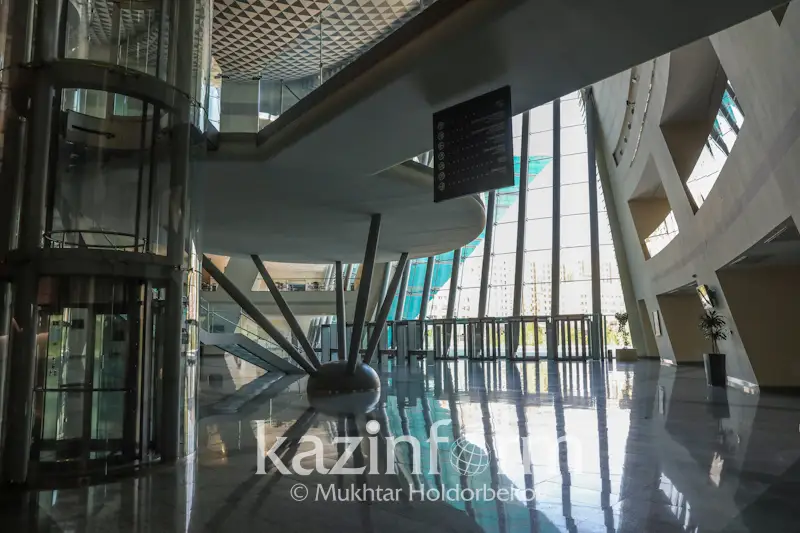
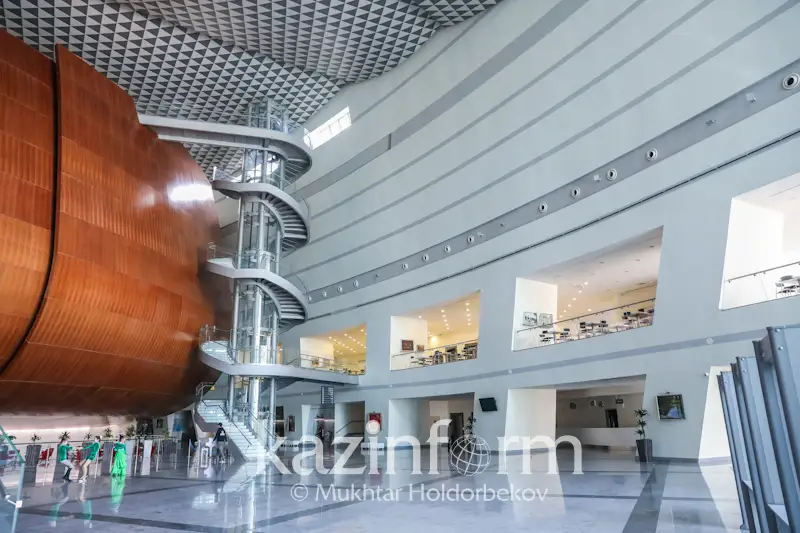
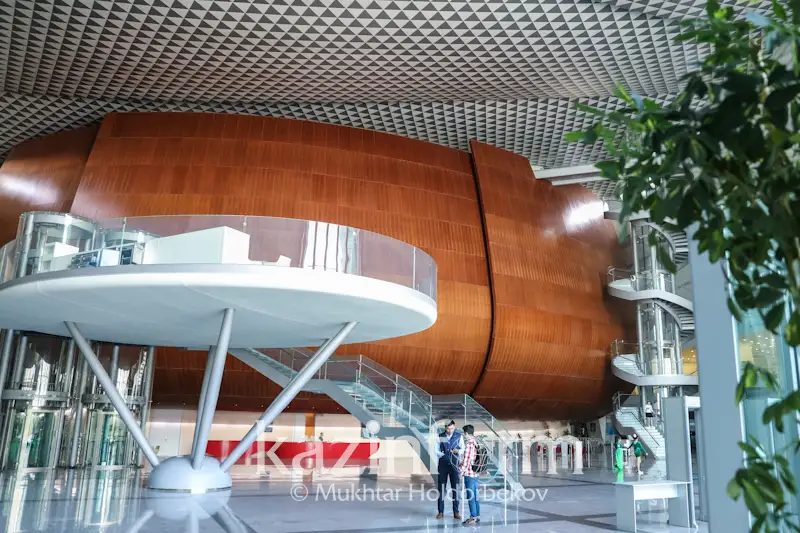
Every visitor stops at Piazza Foyer, the main hall, to marvel at its beauty. The word "piazza" means "square" in Italian. The square is large, it covers a total area of 3,000 square meters. There, a visitor will see the body of a dombra, a Kazakh national musical instrument. And this, by the way, is not for nothing.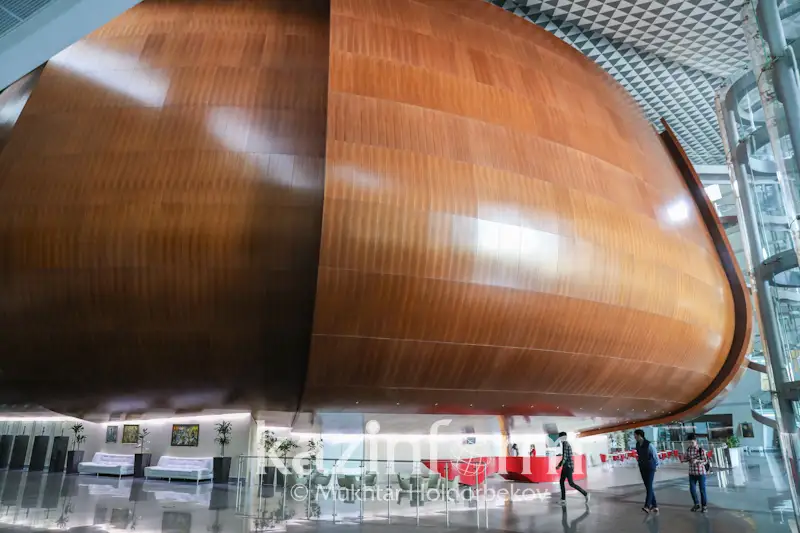
"Getting an insight into the culture of Kazakhstan, the maestro fell in love with the sounds of dombra and decided to make the outside of the hall in the shape of the Kazakh musical instrument," Bibigul Turgumbayeva clarifies.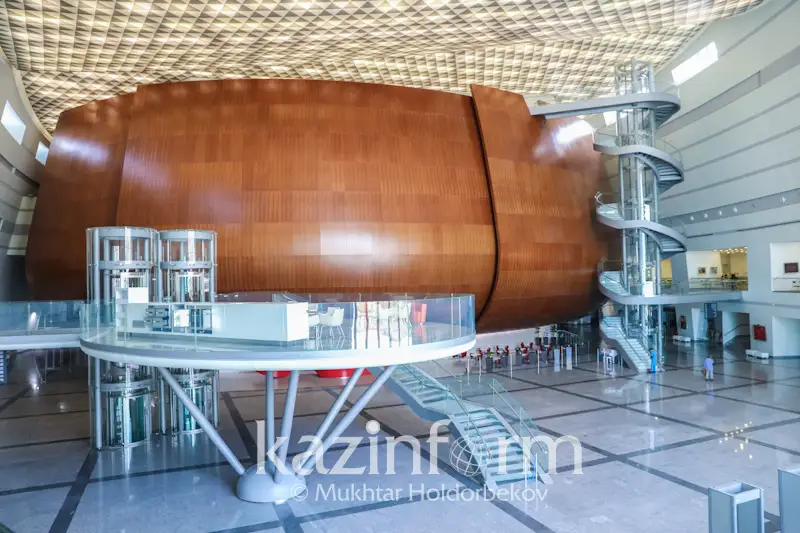
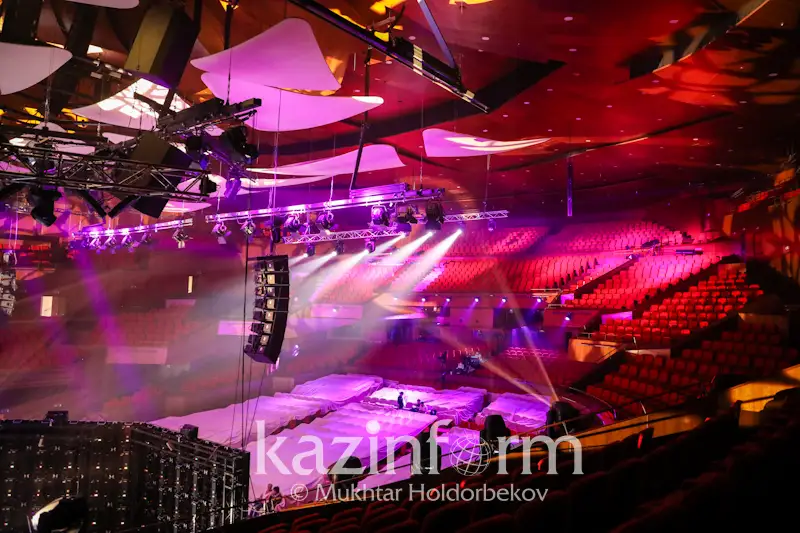
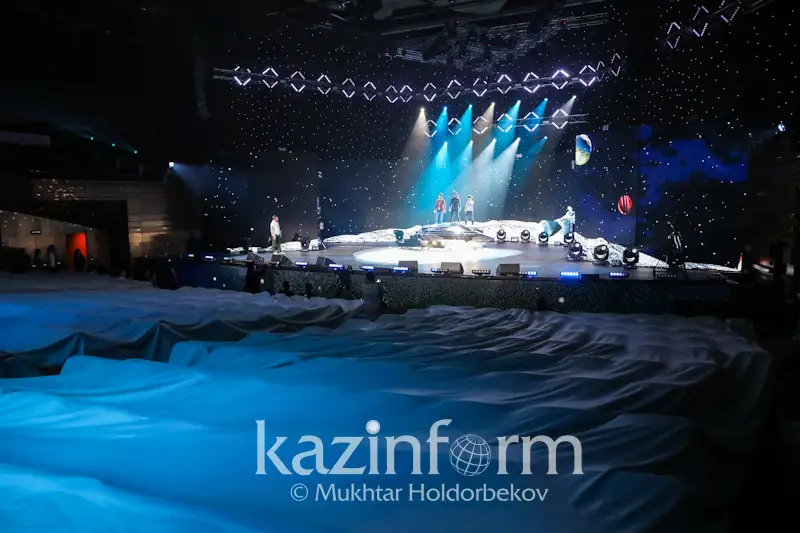
The auditorium is like an arena. It is designed for 3,500 spectators and can be "customized" to any show, whether it is a symphony concert, an opera or a film screening. Experts say that all the latest technologies were used here and there is no random material or seam. For instance, the outside and the inside of the atrium is covered with special wood, which makes an amazing acoustic effect. Even the floor of the concert hall is made of high-wearing parquet and laid in a special way for the acoustic purposes. Actually, the material is American cherry, which is widely used for making high-quality furniture and musical instruments and known for intense red color.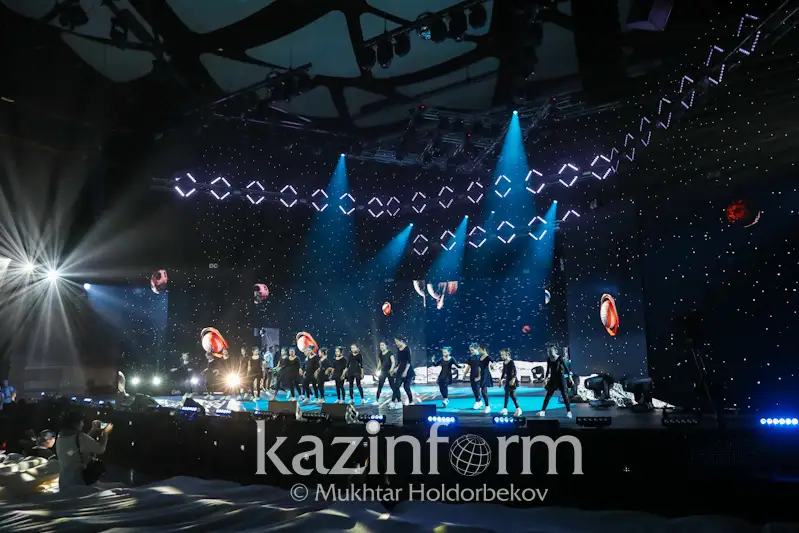

Moreover, the auditorium is divided into four sectors: parterre, dress circle, balcony, and gallery. It is a transformer because, with the help of the curtains fixed at the ceiling cornices, it is possible to make the hall smaller. Isolating the upper level, i.e. the gallery and the far balcony, the hall space diminishes to 2,000 seats.

The stage, which is divided into two parts, takes the pride of place. The front part is designed for the orchestra and has separate exits for the orchestra. The back part is for the choir, it has seven choral risers. There is also an 8 x 14-meter wide screen used for various screenings.
If you pay attention to the walls, you can also see wall-adjacent curtains that have a special acoustic attraction and repulsion effect. The curtains are controlled through a separate computer using the dedicated program. Special acoustic panels for better sound characteristics are also located in the lower part of the seats in the concert hall.
Kazakhstan Central Concert Hall has a self-sufficient multimedia infrastructure. There is a modern chamber hall for 250 seats, a conference hall for 200 seats, studios for the preparation of musical productions, and sound recording studios.

In the hall, there are eight boutiques selling national products and paintings, two wardrobes, three panoramic elevators, a restaurant, a cafeteria, a circular bar, and a bar under the dombra.



Annually it hosts about 100 concerts visited by over 200,000 people. World stars performed on the stage of this hall. In general, the design of the building covers technologies developed to endureharsh local climate: temperature dropping from -40 to +40 degrees Centigrade and salty winds. As the developers say, it is the flower that does not wither in any weather.




